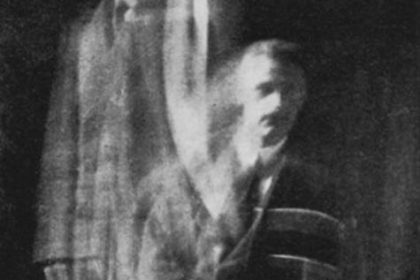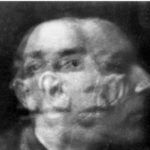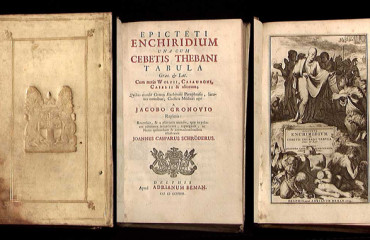
After years of photographic experiments, assisted by two younger brothers Arturo and Carlo Ludovico, in 1911 Anton Giulio Bragaglia (1890-1960) published the essay Fotodinamismo Futurista (Futuristic Photodynamism) in which he enters his results in the newborn movement founded a year earlier by the poet and man of letters Filippo Tommaso Marinetti. The effect is that of a bolt from the blue, the only difference is that the sky is not so clear given the distortions made by the artistic and cultural newborn movement. The Manifesto of Futurist Painters in fact undermined the traditional certainties about art, especially in its verismo representations, to embrace the movement and speed projected into the future and progress.
This does not happen by chance: the beginning of the century is characterized by deep social and political transformations, but above all by new technological discoveries that come to revolutionize the perception of distance and time. Think of the wireless telegraph and the consequent acceleration of communications, the assembly lines reducing production times, airplanes reducing the distances between the peoples, the radio allowing a quicker diffusion of information. Everything flows into a new feeling of speed, optimistic idea of progress that projects man in the “radiant magnificence of the future” (Manifesto of Futurist Painters, 1910).
However, in this context there is no place for photograph that is opposed by Futurist painters as mere representation of reality devoid of artistry. He who, more than anyone rails against Bragaglia brothers is Umberto Boccioni (1882-1916) who considers their work as a trivial extension of the old realist painting. He gets to recommend to his friends and colleagues to abstain from “any contact with the photodynamic by Bragaglia” and he issued a notice on the Futurist magazine “Lacerba” stating that trials of Photodynamism do not have anything to do with art.
In reality Anton Giulio Bragaglia rejects the mechanical reconstruction of reality and enhances the ability of the medium to capture the complexity and the trajectory of the movement. His “movementist” photographs, mainly based on long exposure, are not an imitation of reality but rather a creative expression that plays something not perceptible by the human eye and that captures the essence of the gesture.
The reaction of Boccioni, in fact, is surprising when you consider that he not only realizes the famous shot Io noi Boccioni (I We Boccioni, 1907) by the artistic use of photography, but he is also photographed by the same Bragaglia in a photodynamic entitled Ritratto polifisiognomico di U. Boccioni (Poly-physiognomic portrait of U. Boccioni1913). So why does he get so much angry with Photodynamism? According to industry critics, Boccioni’s controversy responds to classical culture accusations of the time that contrast negatively futurist painting to photography and cinematography. The scuffle is soften by Marinetti who, convinced that Photodynamism expresses the future, in addition to writing the presentation of Bragaglia’s exhibition and to invite him to the Futurist evenings, he also comes to finance his work and, in 1930, signed with Tato the Manifesto of photography in which he theorizes the possibility of an independent futurist photography.
Cover: Anton Giulio and Arturo Bragaglia, L’uomo che si leva (The man rising), 1911, gelatin silver print
20
 English
English  Italiano
Italiano 




